Wastewater Recycled for Drinking: Low Water Reserves Prompt Australian Push
On Australia’s western coast, the city of Perth is in critical danger of depleting the water reserves held by its dams. In response, the government is pumping treated wastewater into the Gnangara Mound Aquifer.
Wastewater is being recycled in hopes that it will alleviate the stress placed on Perth’s water supply, reported the Sydney Morning Herald. The highly treated water could reach home taps within 18 months.
Western Australia, where Perth is located, has been experiencing drought conditions since 1970, with winter rain levels decreasing as much as 20 percent since that decade, WA Today reported last year after a study on the drought was released.
The reservoirs that typically provide Perth’s drinking water are currently around 20 percent full, so the government is looking into alternatives—especially since a study by the University of Western Australia’s Centre for Water Research predicts that supplies will run out by the 2012 summer if nothing is done.
Still, there is much opposition to the plan, including from scientists in Australia and the U.S.
Steven Oppenheimer of California State Northbridge University and Peter Collignon of Australian National University agree that recycled drinking water could be a health risk, reported The West Australian. Oppenheimer said that the plan was the equivalent of “playing Russian roulette” with health, while Collignon stressed the importance of rigorous testing before implementing any recycled water into the drinking supply, as he believes current tests are not sufficient.
Government policy makers insist the recycling method is safe and emphasize that the water is needed quickly.
“Some people are nervous about recycled water being used in Western Australia. Time to get over that,” said Brendon Grylls, leader of the National Party of Australia, as quoted by the Sydney Morning Herald.
Jorg Imberger, director of the Centre for Water Research, said recycled water is the only option for water-stressed Western Australia and must be a top priority, according to WA Today. While the current plan is to allow the treated wastewater to mix with the aquifer’s natural water for 18 months, Imberger believes the process can, and should, be accelerated.
“My opinion is, pull it out right away; there’s no health issues,” Imberger told WA Today.
Australia will not be the first to turn wastewater back into drinking water. Singapore has been doing it for seven years and produces 30 percent of its freshwater needs through recycled gray water, which it branded NEWater, as Circle of Blue reported in January. After the water passes through traditional water treatment plants, it is purified for drinking through a three-step process that includes micro-filtration, reverse osmosis, and ultraviolet treatment.
Recycled water has also been used to recharge groundwater supplies in Orange County, California, according to the U.S. Environmental Protection Agency. The EPA states that recycling water provides a locally controlled water source and keeps water from being diverted from natural ecosystems.
Sources: Sydney Morning Herald, U.S. Environmental Protection Agency, WA Today, The West Australian
A news correspondent for Circle of Blue based out of Hawaii. She writes The Stream, Circle of Blue’s daily digest of international water news trends. Her interests include food security, ecology and the Great Lakes.
Contact Codi Kozacek

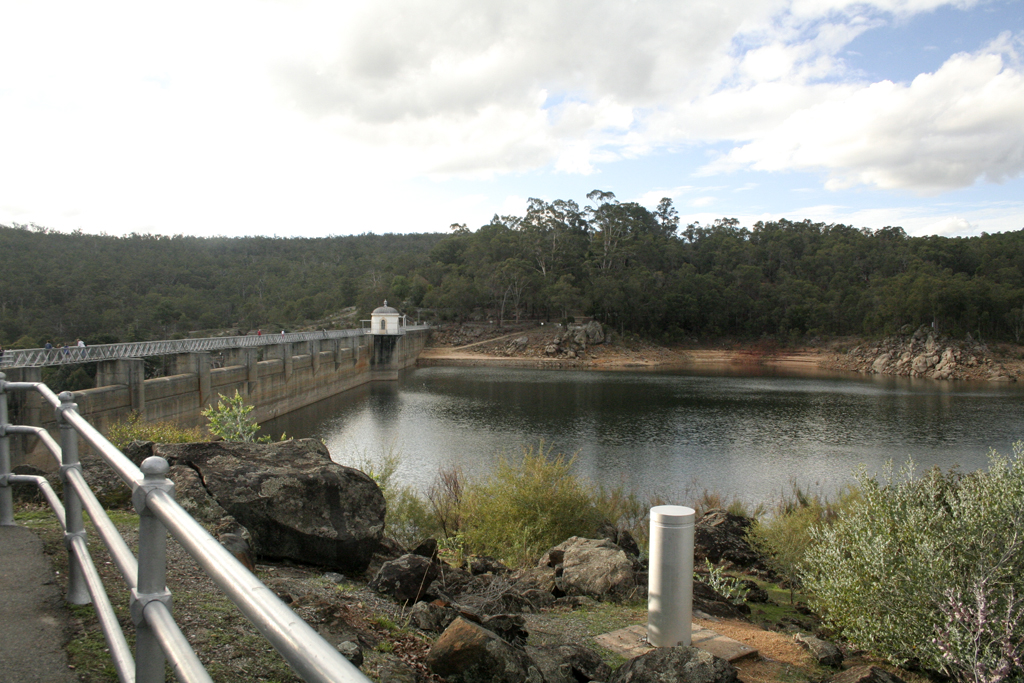
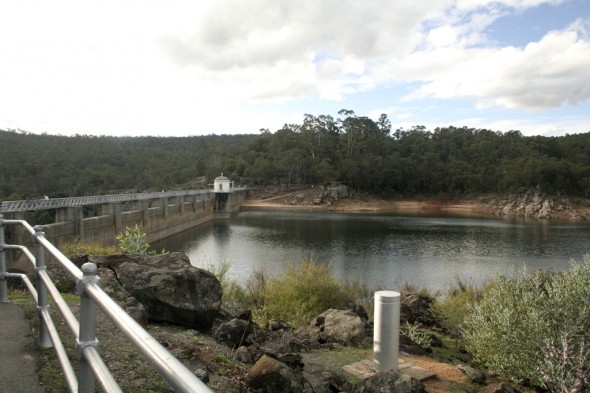


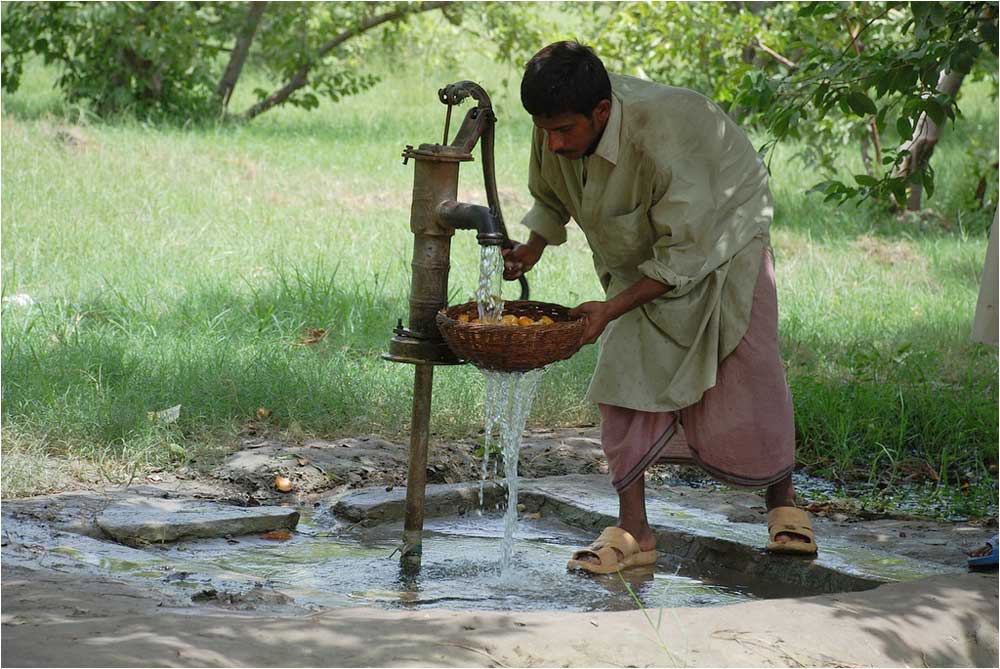
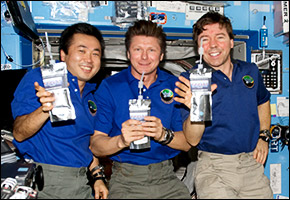
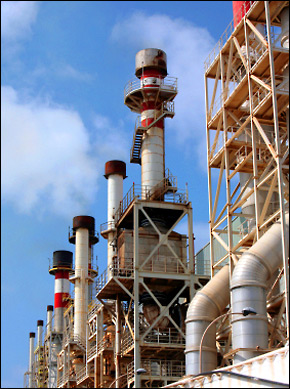





It was just a few months ago that virtually all of EASTERN Oz was covered in water. If there can be oil and coal slurry and jet fuel and natural gas pipelines criss-crossing countries and continents, why can’t we do the same with water?